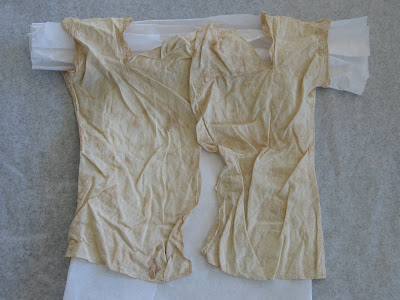
There's something about a red dress that brings out the Christmas in me. Have a wonderful holiday season, full of happiness and joy.

Eat well, but not too much.

And stay fabulous my festive darlings.
Textiles, history of costume, historic houses, fashion, life and wisdom, love and happiness.





























 The name Lolita came from a film of the same name made in 1962 film by Stanley Kubrick based on the classic novel of the same name by Vladimir Nabokov. Sue Lyon played Lolita in the film, she was 14 years old at the time. The story follows the infatuation of an older man, for the young Lolita, and his eventual kidnapping of her, so that he could have his wicked way with her. The Lolita look is the full blown manifestation of youth culture really, a kind of sexualisation of childhood, that is seen in the Japanese subculture of the same name.
The name Lolita came from a film of the same name made in 1962 film by Stanley Kubrick based on the classic novel of the same name by Vladimir Nabokov. Sue Lyon played Lolita in the film, she was 14 years old at the time. The story follows the infatuation of an older man, for the young Lolita, and his eventual kidnapping of her, so that he could have his wicked way with her. The Lolita look is the full blown manifestation of youth culture really, a kind of sexualisation of childhood, that is seen in the Japanese subculture of the same name.






 The 1700's have long been my favorite fashion era, and I thought my precious darlings might enjoy a little look at some of the most lavish and decorative head gear ever worn.
The 1700's have long been my favorite fashion era, and I thought my precious darlings might enjoy a little look at some of the most lavish and decorative head gear ever worn. 



